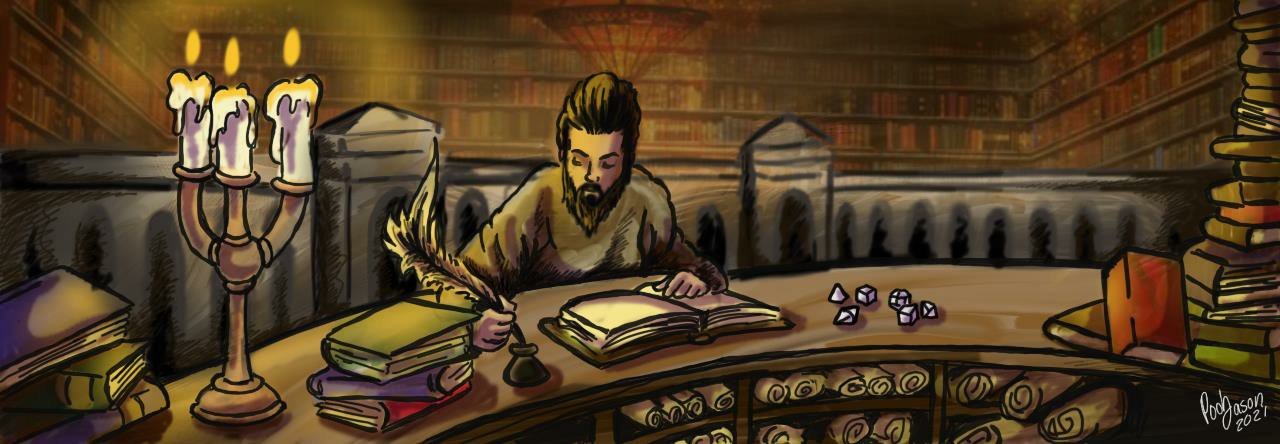The campaign begins in the land of Bazen Pur, a vast steppe region bounded by mountains to the east, dense boreal forests in the north, an arid desert to the south, and thousands of miles of temperate grasslands to the west. Culturally, it is equivalent to various 12th or 13th century groups inhabiting regions in and around the Eurasian Steppe.
The region contains semi-isolated urban pockets in the form of self-governing city-states and various fortified outposts. Many of these centers are made up of diverse ethnic groups from regions around and outside of Bazen Pur. This cosmopolitan-like diversity and intermixing are due to: 1) the remnant of former empirical conquests that brought about new people and cultures, and 2) an active network of merchant caravans that routinely travel through the region.
The campaign tone and feel are sword & sorcery infused with traditional D&D elements. The setting is darker and grittier than a more typical high fantasy setting. Players are encouraged to think more Clark Ashton Smith than Tolkien, more Zothique than Middle-Earth.
The dominant indigenous culture(s) consists of nomadic tribes engaged in mobile dairy-based pastoralism. These nomadic people are often collectively referred to as the Usmati. The Usmati (and their related cousins in the north) replace the “Elves” for this setting. Depending on the region and tribe, the Usmati have parallels with real-world nomadic Turks or Mongols, while their northern cousins are like the Finno-Ugric tribes.
The most important animal is the horse because it grants increased mobility and the allows for management of larger herds across larger areas of land. Other important animals include: sheep, goats, bovines, and camels.
The most common technological materials are leather, textiles, and ceramics. Wrought iron is known and used, but rarer.
The most common armor is various forms of hardened leather combined with plates of iron (think scale and lamellar armor). Mail hauberks are also know, but not as common. Suits of plate are even rarer and represent imports, or prized legacy items introduced by earlier invading groups. Shields are most common among the city-state garrisons that dot the region.
Swords, spears, and bows are very common, with the short composite bow and spear being the most common weapons among the Usmati. Swords, other iron weaponry, and armor tend to be produced by smithies located in city-states, forts, mining outposts, and other strategically settled areas. The mountain folk known as the Komari Xul (“Dwarves”) that inhabit the northern portion of the Peaks of Dawn to the east are also known for the production metal arms and armor.
Meat and dairy are the most common food items, with mutton being the most common. Mutton, goat meat, horse meat, milk, cheeses, and curds are staples. Bread is a rare, expensive, imported item.
There is no locally produced beer, ale, mead, or wine. These are expensive imports brought into the region by merchant caravans. Fermented milk, however, is readily available, with fermented horse milk being the most prized and expensive.
In Bazen Pur, there are no governments. Instead, there are only local hierarchies based on raw power, sometimes influenced by traditional lineages and customs.
Religious groups tend to be localized with different gods, goddesses, and other powerful entities being worshipped/appeased in different regions/city-states. Many of the Usmati, for example, revere the Great Mother of the land. While the worship of the foreign god referred to as the One who is Many has been taking root in many city-states, often causing conflict with local cults.
Magic is feared by most people, and it is frequently associated with demonic beings and malevolent black arts (although not necessarily true). There are no schools of magic. Individual practitioners sometimes attended by one or two apprentices are most common, although some city-states contain larger powerful magical factions. Magical arcana from former times is sought after and jealously guarded. Those in power are often advised by a practitioner of the magical arts.
Originally Created: 9/10/2023; Updated: 6/28/2024
